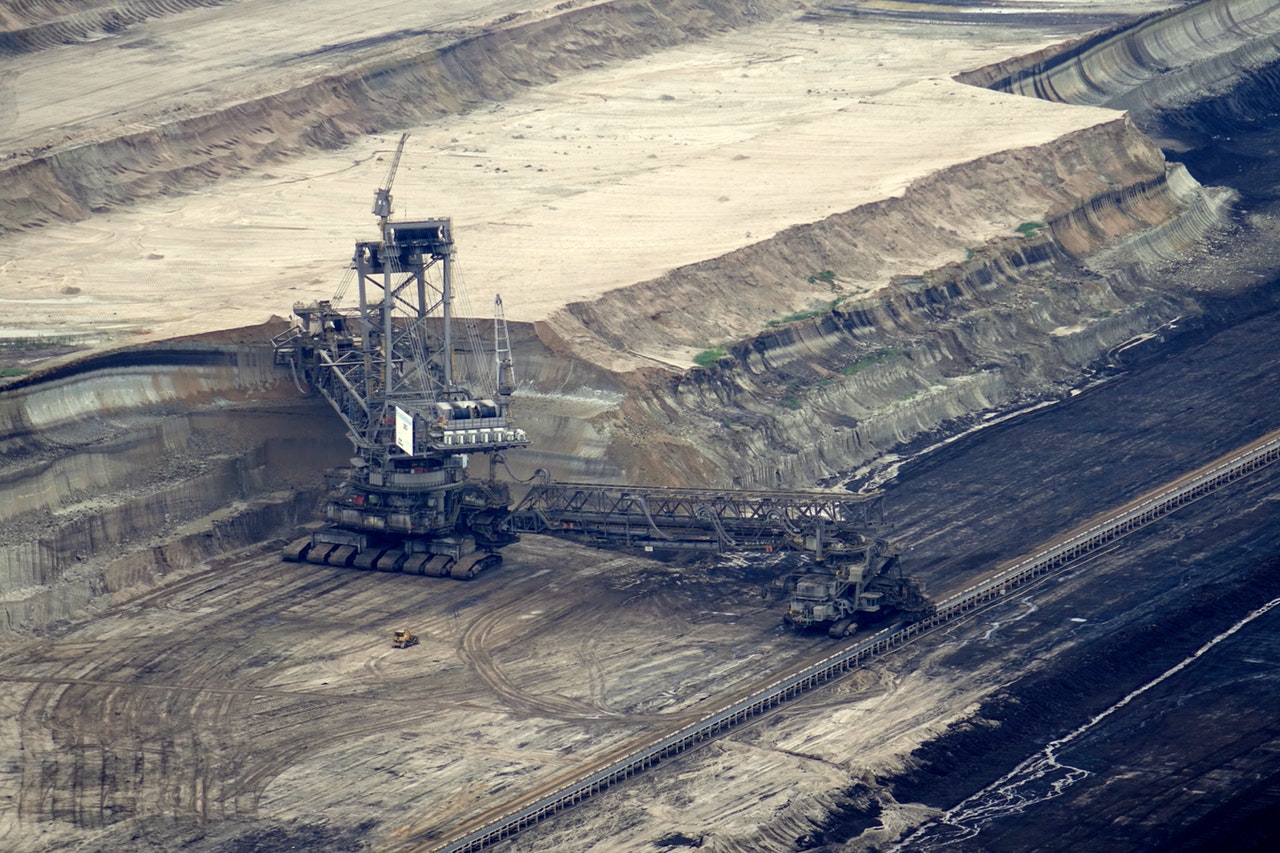Employers and decision-makers in the mining industry need to have a thorough, in-depth understanding of the causes and effects of fatigue management in the workplace, and of the ways in which it can be mitigated. A highly physically demanding industry, mining carries greater potential for serious injury or death in the event of a workplace accident, so the need to understand the role of fatigue in exacerbating these risks is crucial.
In this blog, WHS Training & Compliance will be providing some broad guidance on the nature of risk in the mining industry, its effects and how an accurate model of workplace fatigue can be built as a basis to an effective response.
Understanding the risk of fatigue
According to figures published by Safe Work Australia, mining as an industry has the third highest fatality rate in the country, with nine workers losing their lives each year. A range of risks has been identified as inherent to the industry, including body stressing, slips and falls, being hit by moving objects or machinery, and working with a high-risk plant that can cause electrocution, crushing, burns, lacerations, and other injuries.
These risks compound when workers are fatigued. Judgment and motor skills are both impaired when an individual is exhausted, leading to a greater chance of injury. As such, fatigue prevention and mitigation are crucial to any workplace health and safety program developed for the mining industry.
Impacts mental health as well as physical exhaustion
It’s important to note that physical exhaustion is not the only form of fatigue that must be guarded against. Mental exhaustion can be just as detrimental to an individual’s judgment and cognitive abilities as physical exhaustion, increasing their risk of being involved in an accident.
While most people can imagine the kind of work that more quickly leads to physical fatigue and will work to minimise it, mental fatigue is less understood. Monotonous tasks – such as long-distance driving – and mentally demanding tasks – such as problem-solving and shut-downs for maintenance – can both quickly lead to mental fatigue. As such, any comprehensive fatigue management program must include the provision to minimise a worker’s exposure to both physically and mentally exhausting tasks.
Take a holistic view
One of the more important things that a decision-maker can do is understand the ways in which activities and factors both during and outside of the workday can impact upon a worker’s fatigue level.
Key areas of consideration include commuting – is a worker required to take an exceptionally long or taxing commute before and after working a taxing job? – environment – how does ambient temperature and humidity affect the ability of workers to perform mental and physical tasks? – and emotional state – are individual workers struggling with issues outside the workplace? Paying attention to these issues can help you build a more effective fatigue management plan.
To learn more about how fatigue could negatively impact your workplace, talk to the team at WHS Training & Compliance. We are offering fatigue management course online, onsite and elearning platform.












